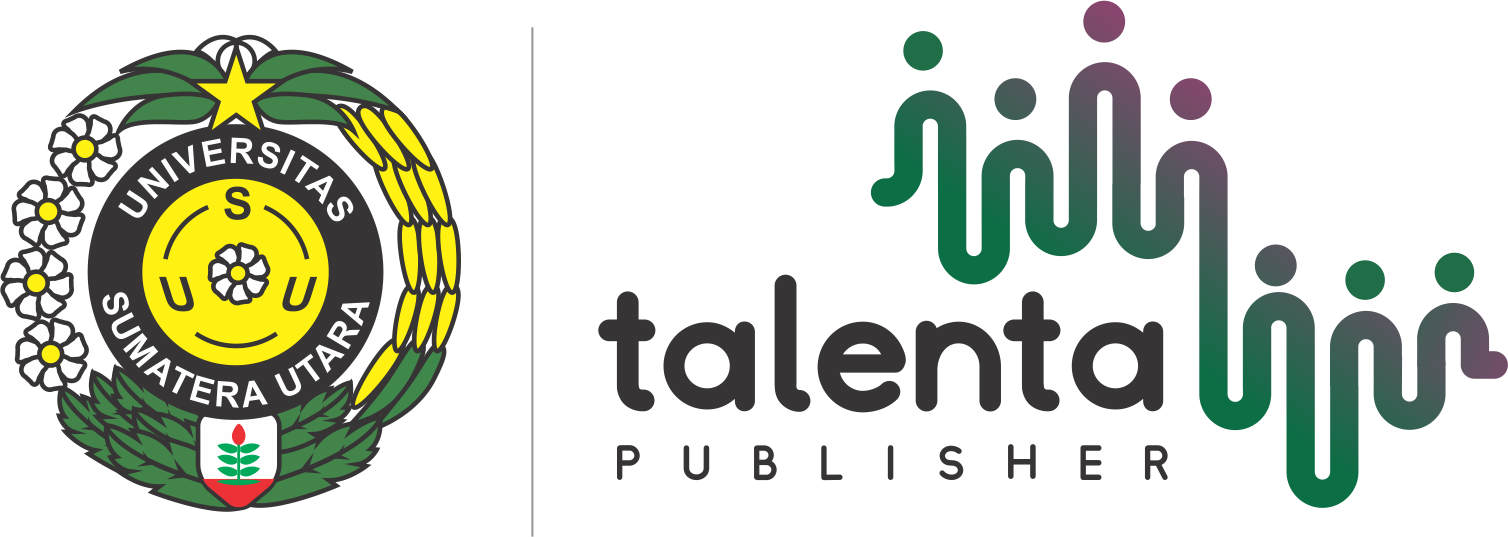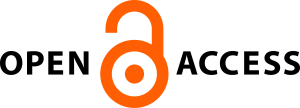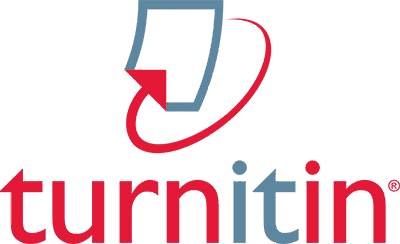Analisis Beban Kerja Fisik Pada Pekerja CV. Kubah Milari Jaya Dengan Metode Cardiovascular Load
| Authors | ||
| Issue | Vol 8 No 1 (2025): Talenta Conference Series: Energy and Engineering (EE) | |
| Section | Articles | |
| Section |
Copyright (c) 2025 Talenta Conference Series: Energy and Engineering (EE)  This work is licensed under a Creative Commons Attribution-NonCommercial-NoDerivatives 4.0 International License. |
|
| Galley | ||
| DOI: | https://doi.org/10.32734/ee.v8i1.2680 | |
| Keywords: | Kelelahan Kerja Cardiovascular Load Produktivitas Beban Kerja Work Fatigue Productivity Workload | |
| Published | 2025-07-28 |
Abstract
Penelitian ini memiliki tujuan untuk mengevaluasi secara mendalam tingkat beban kerja fisik yang dialami oleh para pekerja dalam konteks aktivitas yang mereka jalani, dengan fokus pada identifikasi faktor-faktor yang mempengaruhi intensitas dan durasi kerja fisik yang dilakukan pekerja CV. Kubah Milari Jaya menggunakan metode Cardiovascular Load (CVL). CV. Kubah Milari Jaya merupakan industri manufaktur yang memproduksi kubah masjid berbahan dasar galvalume dan stainless steel. Proses produksi yang melibatkan aktivitas fisik tinggi berpotensi menyebabkan beban kerja berlebih yang dapat berdampak pada kelelahan dan produktivitas pekerja. Pengukuran beban kerja dalam penelitian ini dilakukan dengan mengumpulkan data denyut nadi pekerja selama jam kerja reguler menggunakan smartwatch yang disambungkan ke perangkat pemantauan. Data dikumpulkan selama tiga hari kerja pada pekerja di stasiun perangkaan dan produksi panel, karena kedua stasiun ini memiliki aktivitas fisik yang lebih tinggi dibandingkan stasiun lainnya. Hasil penelitian menunjukkan bahwa sebagian besar pekerja mengalami beban kerja dengan kategori sedang hingga berat. Pekerja di stasiun produksi panel memiliki persentase CVL tertinggi (43%), sementara pekerja di stasiun perangkaan memiliki CVL terendah (28%). Faktor utama yang mempengaruhi beban kerja adalah usia, jam kerja yang panjang, serta sifat pekerjaan yang repetitif dan membutuhkan kekuatan fisik tinggi. Berdasarkan temuan ini, penelitian memberikan beberapa rekomendasi perbaikan, seperti rotasi pekerja berdasarkan usia dan tingkat kelelahan, pengaturan jadwal kerja dengan pemberian waktu istirahat optimal, serta penerapan latihan peregangan untuk mengurangi ketegangan otot. Dengan implementasi strategi ini, diharapkan perusahaan dapat meningkatkan efisiensi kerja serta kesejahteraan pekerja.
This study aims to deeply evaluate the physical workload levels experienced by workers in relation to the activities they perform, with a focus on identifying the factors that influence the intensity and duration of physical work performed by workers at CV. Kubah Milari Jaya using the Cardiovascular Load (CVL) method. CV. Kubah Milari Jaya is a manufacturing industry that produces mosque domes made from galvalume and stainless steel. The production process, which involves high physical activity, has the potential to cause excessive workloads that can lead to fatigue and reduced worker productivity. The workload measurement in this study was conducted by collecting workers' heart rate data during regular working hours using a smartwatch connected to a monitoring device. Data were collected over three working days from workers at the assembly and panel production stations, as these two stations involve higher physical activity compared to other stations. The results of the study show that the majority of workers experience workload levels ranging from moderate to heavy. Workers at the panel production station had the highest CVL percentage (43%), while workers at the assembly station had the lowest CVL percentage (28%). The main factors affecting the workload are age, long working hours, and the repetitive nature of the job requiring high physical strength. Based on these findings, the study offers several recommendations for improvement, such as worker rotation based on age and fatigue levels, adjusting work schedules with optimal break times, and implementing stretching exercises to reduce muscle tension. With the implementation of these strategies, it is hoped that the company can improve work efficiency and worker well-being.





